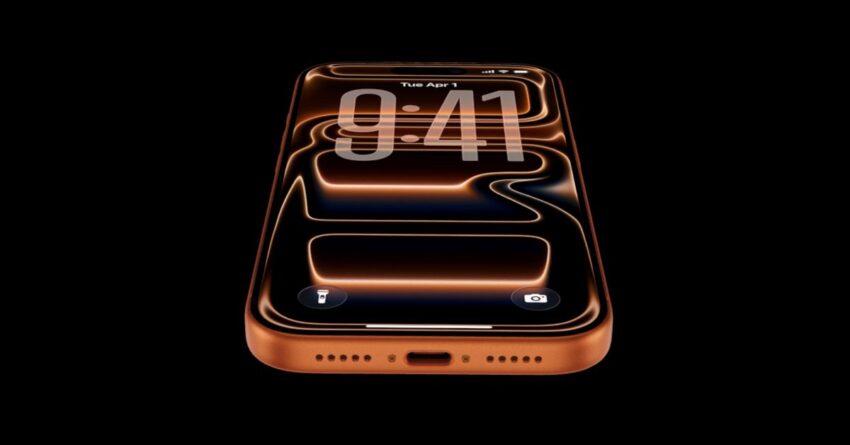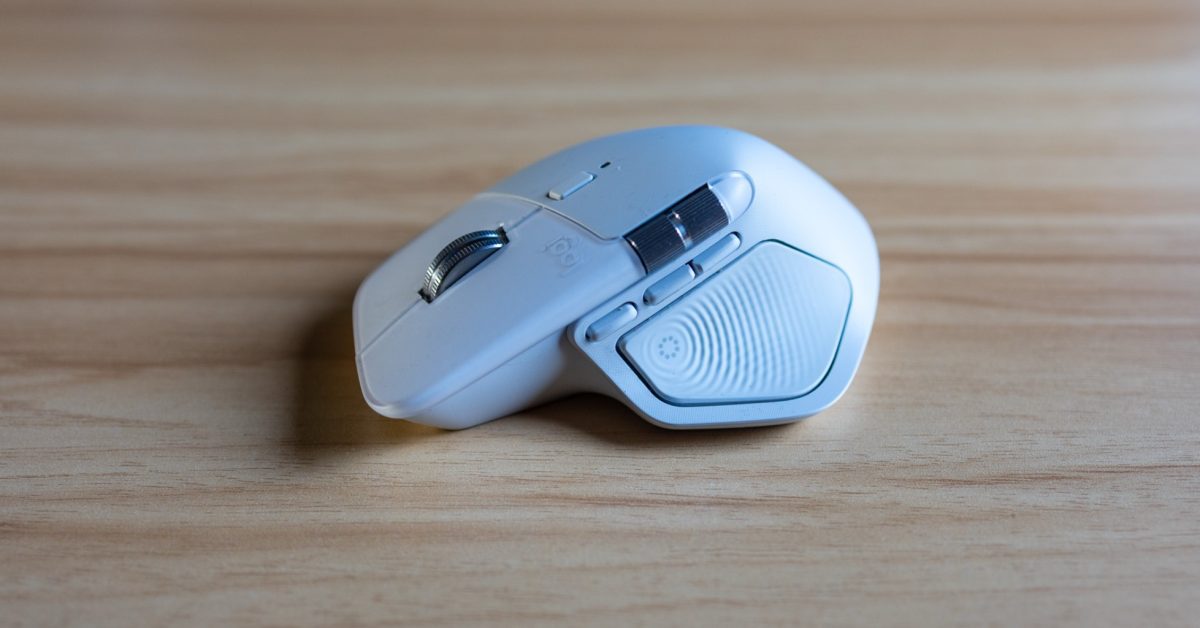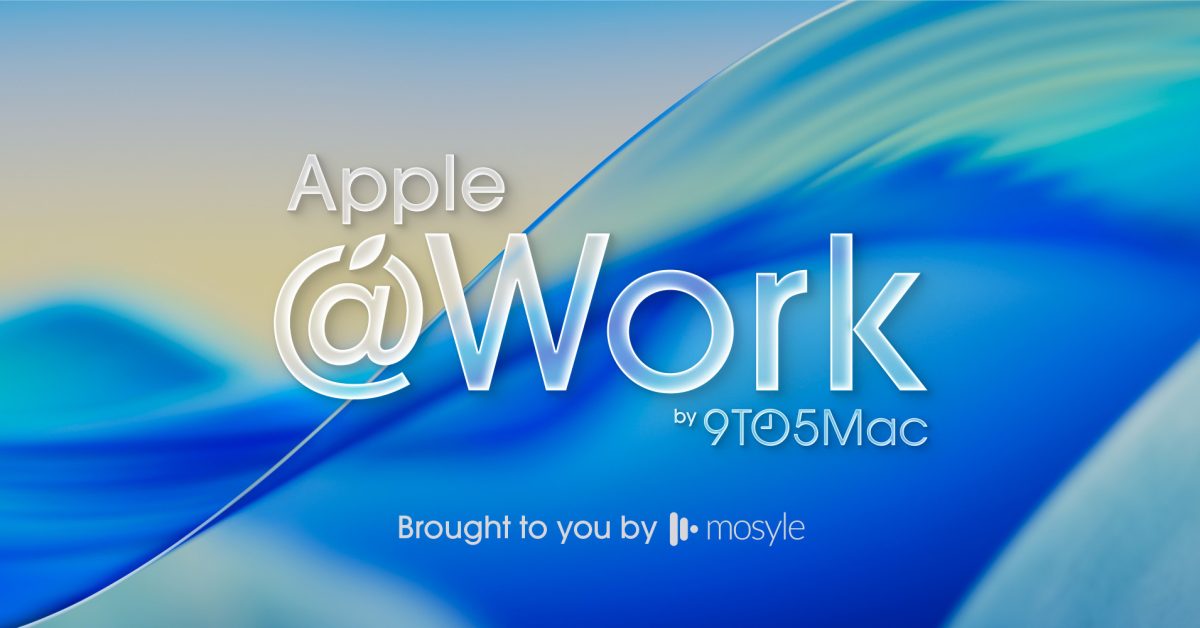
what can i plug into my iphone Apple’s introduction of the USB-C port in the iPhone 17 series marks a significant shift in its accessory ecosystem, offering users enhanced functionality and compatibility.
what can i plug into my iphone
Transition from Lightning to USB-C
The iPhone 17, iPhone 17 Pro, and iPhone Air have all adopted the USB-C port, a change that is particularly noteworthy for long-time Apple users. For those upgrading from older models, this transition means that existing Lightning accessories will no longer be compatible. This shift aligns Apple with a broader industry trend, as USB-C has become the standard for many devices, including laptops, tablets, and other smartphones.
While the transition may require users to invest in new accessories, the benefits of USB-C are substantial. The port is not only more versatile but also supports faster data transfer and charging capabilities compared to the Lightning connector. This change is part of Apple’s ongoing efforts to enhance user experience and functionality across its product line.
Charging Capabilities
One of the most immediate benefits of the USB-C port is its charging speed. With a compatible USB-C cable and charger, users can charge their iPhone from zero to 100% significantly faster than with previous models. This is particularly beneficial for those who are frequently on the go and need quick power boosts throughout the day.
Fast Charging Explained
Fast charging with USB-C typically requires a charger that supports Power Delivery (PD). When using a PD-enabled charger, the iPhone can draw more power initially, allowing it to charge much quicker. For example, users can expect to reach around 50% battery in approximately 30 minutes, depending on the charger used. This capability is a game-changer for users who rely heavily on their devices for work or personal use.
Enhanced Connectivity Options
The USB-C port opens up a wide range of connectivity options that were previously unavailable with the Lightning connector. Users can now connect their iPhones to various external devices, enhancing the phone’s functionality in several ways.
External Displays
One of the standout features of the USB-C port is its ability to connect to external displays. This capability allows users to mirror their iPhone screen or extend their display to larger monitors or TVs. This is particularly useful for presentations, watching videos, or even gaming on a bigger screen.
To connect to an external display, users will need a USB-C to HDMI adapter or a compatible cable. Once connected, the iPhone can output video at high resolutions, making it a versatile tool for both professional and personal use.
External Storage Solutions
Another significant advantage of the USB-C port is the ability to connect external storage devices. Users can easily transfer files between their iPhone and external hard drives or USB flash drives. This is particularly useful for photographers and videographers who need to offload large files quickly and efficiently.
With the right adapter, users can connect SSDs and HDDs directly to their iPhones, allowing for seamless file management. This capability enhances the iPhone’s utility as a content creation device, enabling users to edit and store large media files without being constrained by internal storage limitations.
Camera Peripherals
The USB-C port also supports a variety of camera peripherals, enabling users to connect professional cameras and other imaging devices directly to their iPhones. This feature is particularly appealing to photographers and videographers looking to streamline their workflow.
By connecting a camera directly to the iPhone, users can transfer photos and videos instantly, allowing for immediate editing and sharing. This capability can significantly enhance productivity, especially in fast-paced environments where time is of the essence.
Audio Accessories
While the iPhone 17 series has moved to USB-C, it still supports a range of audio accessories. Users can connect USB-C headphones or adapters for traditional 3.5mm headphones. This flexibility allows users to continue using their favorite audio devices without significant disruption.
Moreover, the USB-C port can also support high-resolution audio formats, providing an enhanced listening experience for audiophiles. This is a notable improvement over the Lightning connector, which was limited in terms of audio quality and compatibility.
Implications for Accessory Manufacturers
The shift to USB-C presents both challenges and opportunities for accessory manufacturers. On one hand, companies that have built their businesses around Lightning accessories may face a decline in demand as users transition to USB-C. On the other hand, this change opens up new markets for manufacturers who can create innovative USB-C accessories that enhance the functionality of the iPhone 17 series.
Market Adaptation
Accessory manufacturers will need to adapt quickly to the new standard. This may involve redesigning existing products or developing entirely new accessories that leverage the capabilities of USB-C. Companies that can successfully navigate this transition will likely find new opportunities for growth in an increasingly competitive market.
Consumer Education
As users adjust to the new USB-C ecosystem, consumer education will be crucial. Many users may not be aware of the full range of capabilities offered by the USB-C port. Manufacturers and retailers will need to provide clear information about compatible accessories and their benefits to ensure users can make the most of their new devices.
Stakeholder Reactions
The transition to USB-C has elicited a range of reactions from stakeholders, including consumers, industry experts, and accessory manufacturers. Many consumers have expressed excitement about the enhanced capabilities and faster charging speeds that USB-C offers. However, some have voiced concerns about the need to replace existing Lightning accessories, which can be an added expense.
Industry experts have largely welcomed the change, noting that it aligns Apple with global standards and simplifies the accessory landscape. The move to USB-C is seen as a positive step toward greater interoperability among devices, which can ultimately benefit consumers.
Conclusion
The introduction of the USB-C port in the iPhone 17 series represents a significant evolution in Apple’s approach to device connectivity. While the transition from Lightning may pose challenges for some users, the benefits of faster charging, enhanced connectivity, and greater compatibility with a wide range of devices are undeniable.
As consumers adapt to this new ecosystem, the potential for innovation in accessories and applications will likely expand, further enhancing the overall user experience. The future looks promising for iPhone users as they embrace the capabilities of USB-C, paving the way for a more versatile and interconnected digital lifestyle.
Source: Original report
Was this helpful?
Last Modified: October 19, 2025 at 7:36 am
2 views















